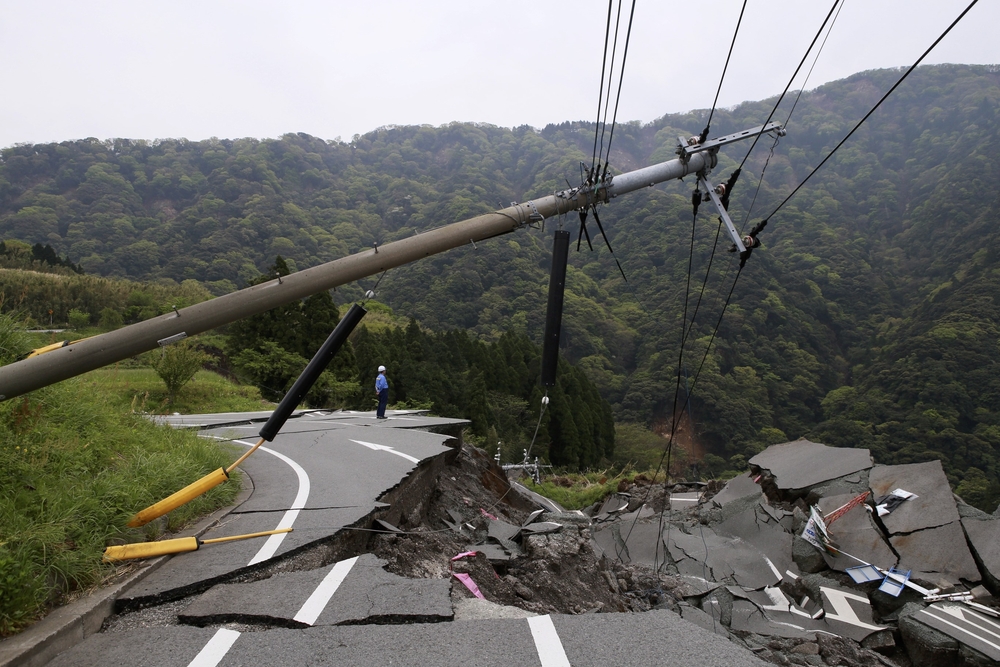In a little-circulated article in The Australian (4 February 2022) the thinking behind Live Performance Australia’s (LPA) recent pre-budget submission to the federal Assistant Treasurer was revealed. It argues for a ‘repurposing’ of the Australia Council for the Arts, and its absorption into an enlarged federal agency – Creative Australia – ‘to inform whole of government policy and programs to support the growth of our creative and cultural industries’. It has all the hallmarks of a Bad Idea.
In LPA’s submission, there is a ton of corporate language about ‘Australia’s creative and cultural potential and support[ing] twenty-first century creative and cultural objectives in a global context’ but few insights into the historical development of Australian cultural policy, the structural factors impacting its delivery, or, most importantly, the strategic position of LPA itself. The proposal to replace the Australia Council is evidence of why it is not– or at least, not yet – up to the task of leading the sector as a whole.
LPA represents three main stakeholders: commercial producers (live music and big musicals), major national and state companies, and some smaller cultural organisations. Abolishing the Council would suit the first group well, the second group only marginally, and the last group not at all. It says a lot about LPA’s struggle to cater for its members’ needs equally that the voice of the first group always feels dominant.
The name ‘Creative Australia’, homonym of Creative Victoria and Create NSW, points to the kind of ‘frontline agency’ LPA have in mind, one where the Federal Minister is in charge of arts grants, and the sector is treated as an ‘industry’ from go to whoa (the word ‘industry’ recurs in its submission 77 times, which shows how central the metaphor is to some, though not all, LPA members).
The proposal – which resonates with ones LPA put forward in 2012 about loosening restrictions on the employment of overseas artists – would inevitably facilitate pork-barrelling in marginal seats. The Australia Council faces challenges in governance, direction and outside interference. But if it were any less independent than it is now, it would be entirely at the mercy of the political tide.
Commercial animus
Commercial producers’ animus against the Australia Council is not new. It took root in the 1970s, after the collapse of the JC Williamson theatrical empire, and the failure of the Federal Government to rescue a subsector that had been the main conduit for live performance in Australia for over a century. Since then, there has been on-again-off-again discussion about adding a ‘commercial arm’ to public subsidy for the performing arts – though you might wonder how this could be done, given the high-risk nature of such enterprises.
Here, LPA express legitimate concerns. Commercial producers are right to argue they are valuable to Australia both economically (jobs and growth) and culturally (as ‘entertainment’, another key word in the proposal, mentioned 20 times).
Extending ministerial overwatch to this part of the sector makes sense. The Australia Council, whose mission is a non-commercial one, is not in a position to assist, while having a Federal department that can address commercial live performance knowledgeably and effectively would be a relief. The pandemic has made it perfectly plain that present arrangements in Canberra are not up to the job.
But the proposal to replace the Council is so ill-judged it not only threatens the other vital recommendations LPA’s submission makes – calls for a national creative industries plan, for a live events insurance scheme, for investment in training programs, for increased provision of four-year funding, for a First Nations Performing Arts Fund, for better-targeted tax incentives – it raises questions about whether the LPA is fit-for-purpose itself.
The clue is in the name. The Council’s mission is Australian art, at state and national levels. To suggest, as LPA’s CEO Evelyn Richardson has done, that the agency is a ‘silo model’ that has ‘reached its use-by date’ and should be replaced by a body with a ‘broader and more strategic vision’ insults the artists who identify with the Council’s principled mission, and ignores the fact that their work has a value beyond the financial.
The performing arts are not (just) an industry. They are a culture – a word largely absent from LPA’s submission (seven mentions).
Pending disaster
Structurally, disestablishing the Council would be a disaster, swapping an agency that operates at arm’s length from government (or tries to) and awards grants via a peer review process, with a department run by a corruptible minister, unaccountable lobbyists, and faceless bureaucrats. It is an undemocratic vision of cultural policy, and potentially winds the clock back 50 years. There is good reason why the Australia Council was given statutory authority status in 1975.
Political thoughtlessness compounds the error. With its blather about ‘can do capitalism’ the Coalition government is in denial about the nation-rebuilding task facing Australia coming out of the pandemic, while LPA is in denial about the government’s denial. The poison in the pill of the creative industries model was always its insistence that art and culture frock-up in free market clichés and subsume their specific contribution in a generic ‘value add’. It offers no clear reason for why they should be treated as a public good.
Which suits the Coalition just fine, since rolling back the Whitlam legacy is currently top of its agenda. LPA, sensing a short-term advantage, talks the creative industries talk without grasping what’s at stake in walking the walk.
At the heart of LPA’s proposal are two claims: that ‘the Australia Council is no longer fit for purpose, and that the government has failed to understand the sector’s complex operating environment’. This is right in its conclusions, but backward in its logic. It is because the government doesn’t understand the sector that the Council has been run-down like a backyard dunny. The suspicion is this was the aim all along. Thus, LPA’s proposal lands in the flight path of arts ministers who have learnt from the Brandis affair of 2015, and seek to reduce the capacity of artists to organise their collective voice.
That’s why ‘repurposing’ the Council in the way LPA suggest would achieve nothing: there is no meaningful policy agreement about its original purpose. Until that changes, proposals for a ‘serious rethink’ of support structures for art and culture will always be off-target.
No doubt there will be concerns in the sector about LPA’s proposal and Richardson’s remarks, especially among the non-commercial companies. They sow division where there should be consensus, gaining nothing while potentially losing much. In striking airy phrases about ‘the needs of the future’ the complex requirements of the present are obscured, and the lessons of the past ignored.
Thus the rest of LPA’s list of important recommendations, so crucial to the survival of the performing arts in Australia at the present time, is overshadowed by a Bad Idea that undermines sectoral unity.
About the authors:
Dr Tully Barnett is a Senior Lecturer in Creative Industries at Flinders University, and an ARC DECRA fellow for a project on Digitisation and the Immersive Reading Experience. She is a Chief Investigator on the second Laboratory Adelaide: The Value of Culture project with Julian Meyrick and Robert Phiddian, with whom she is co-author of What Matters? Talking Value in Australian Culture (2018), investigating the way value is understood through formal and informal reporting practices. She is the Deputy Director of Assemblage Centre for Creative Arts.
Julian Meyrick is Professor of Creative Arts at Griffith University. He is Literary Adviser for the Queensland Theatre and General Editor of Currency House’s Platform Paper series. He was Associate Director and Literary Advisor at Melbourne Theatre Company 2002-07 and Artistic Director of Kickhouse theatre 1989-98. He has directed over 40 award-winning theatre productions and published numerous books and articles on Australian arts and culture.
Justin O’Connor is Professor of Cultural Economy at the University of South Australia. He was a UNESCO expert for the 2005 Convention on Diversity of Cultural Expressions and has just published Red Creative: Culture and Modernity in China.





